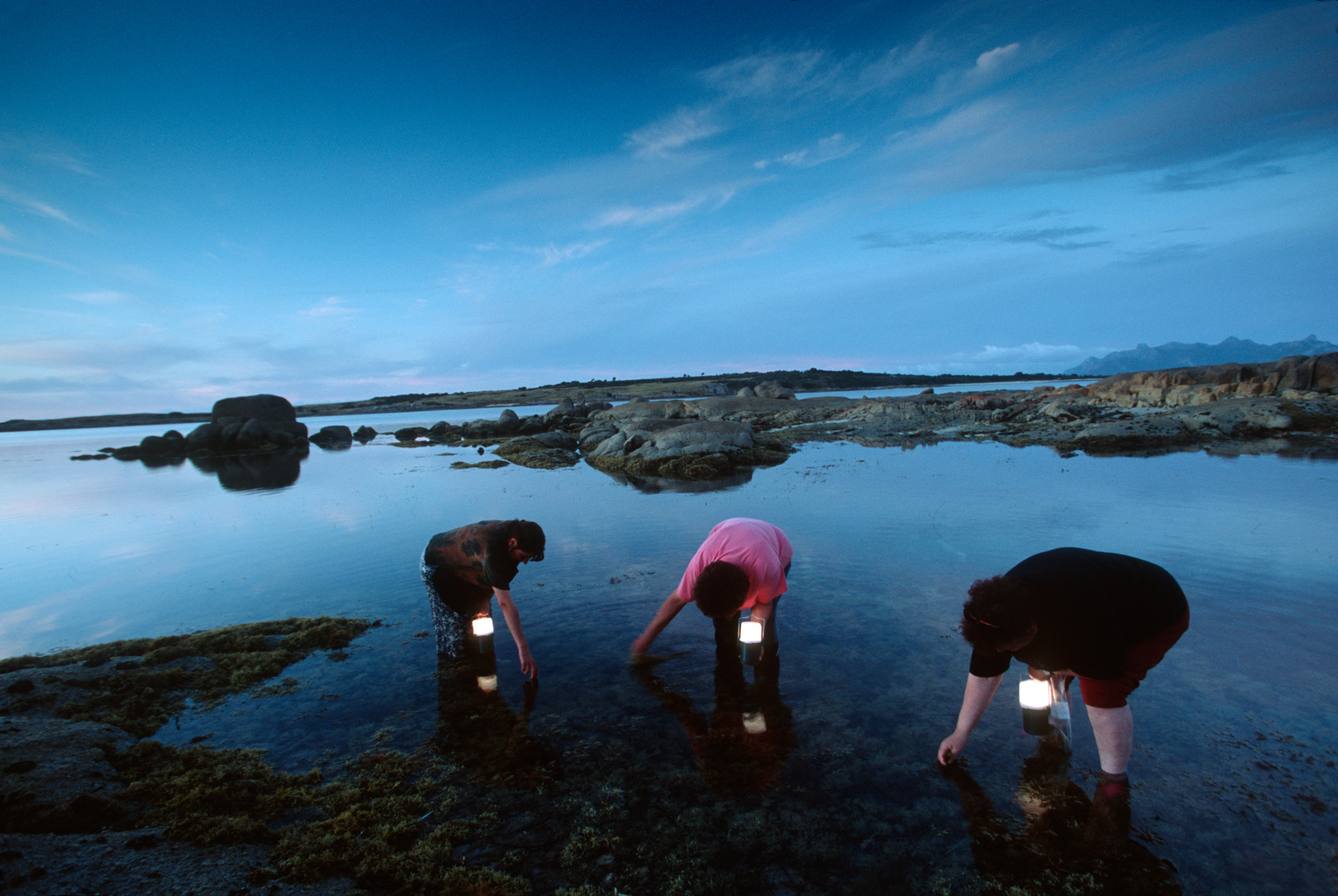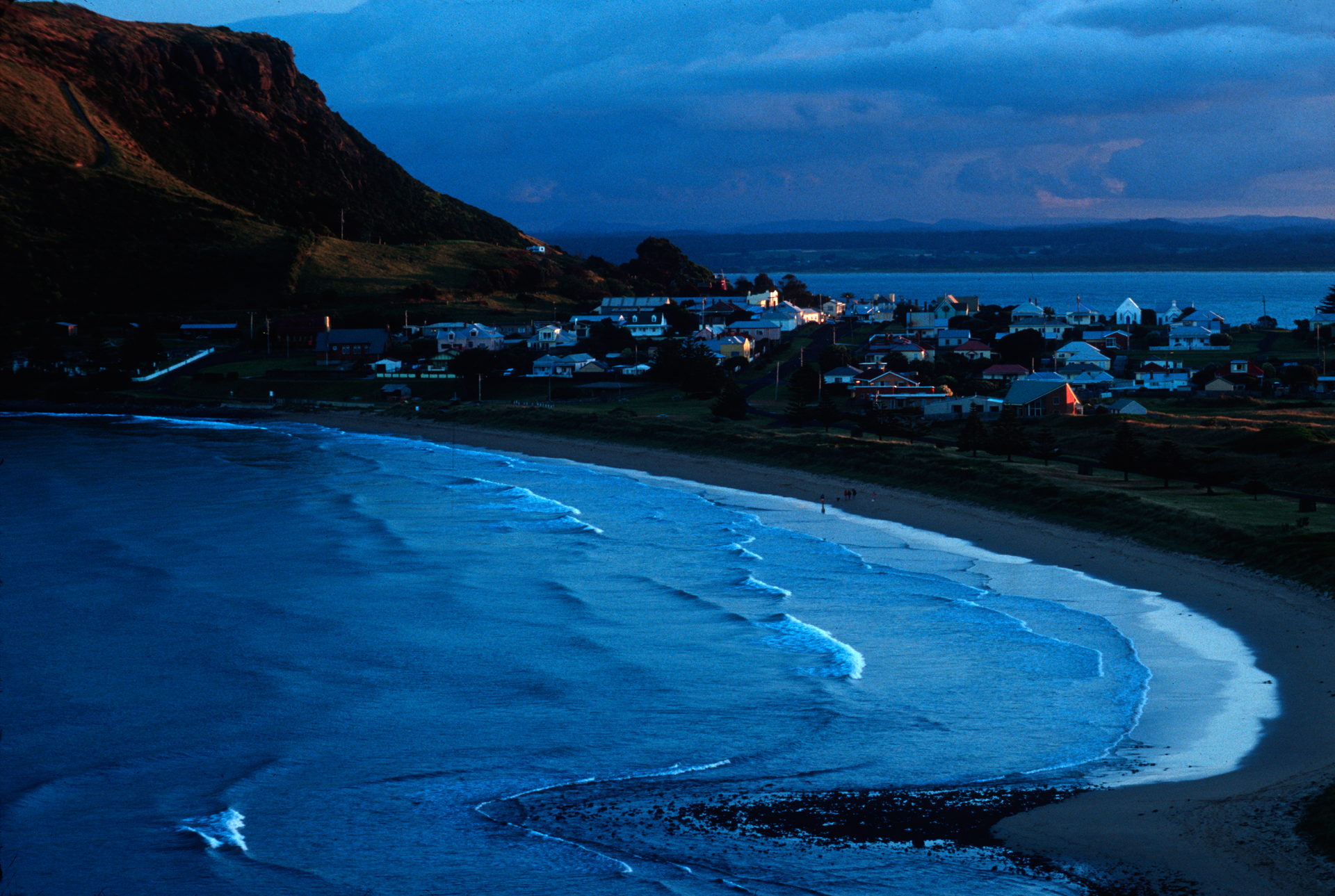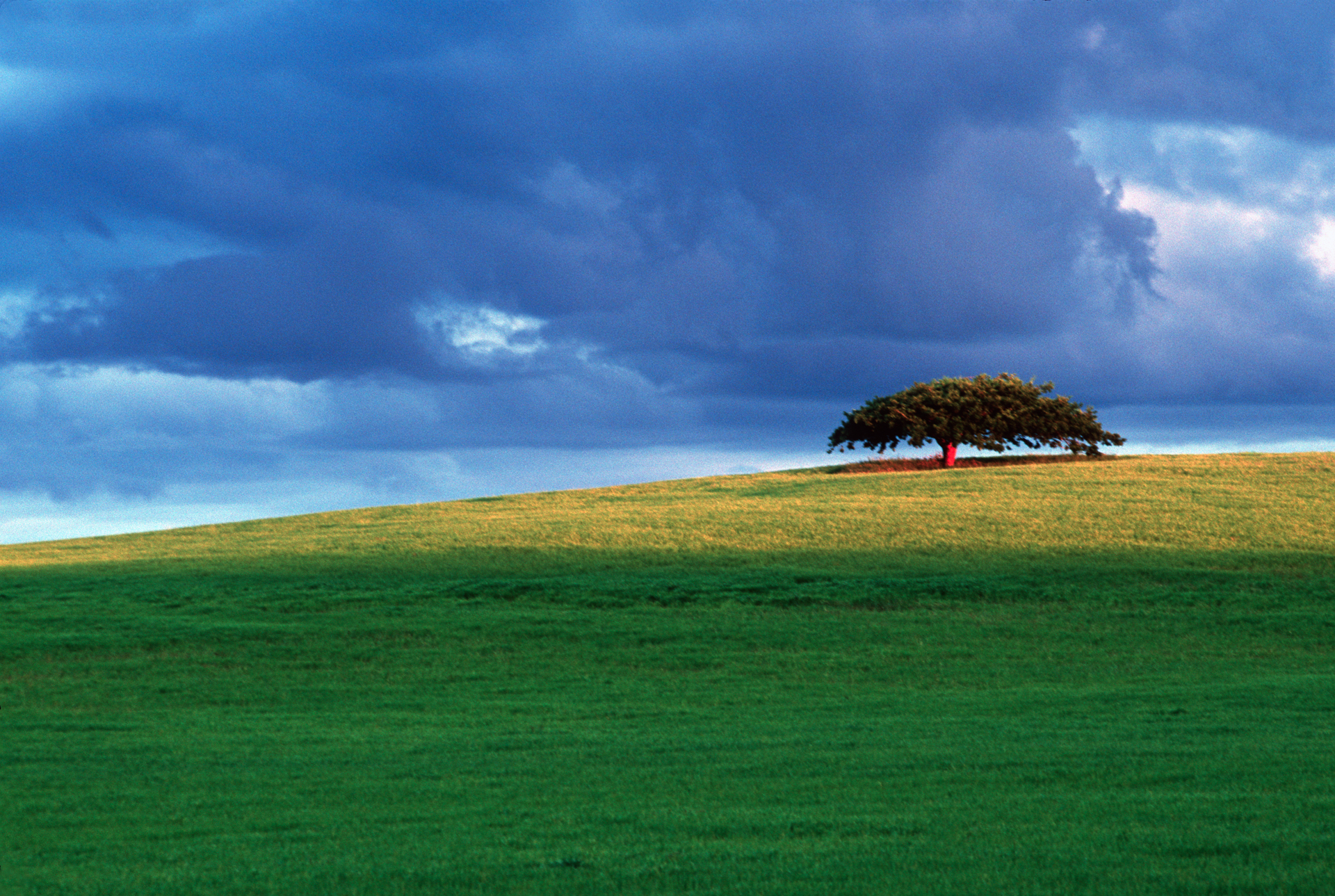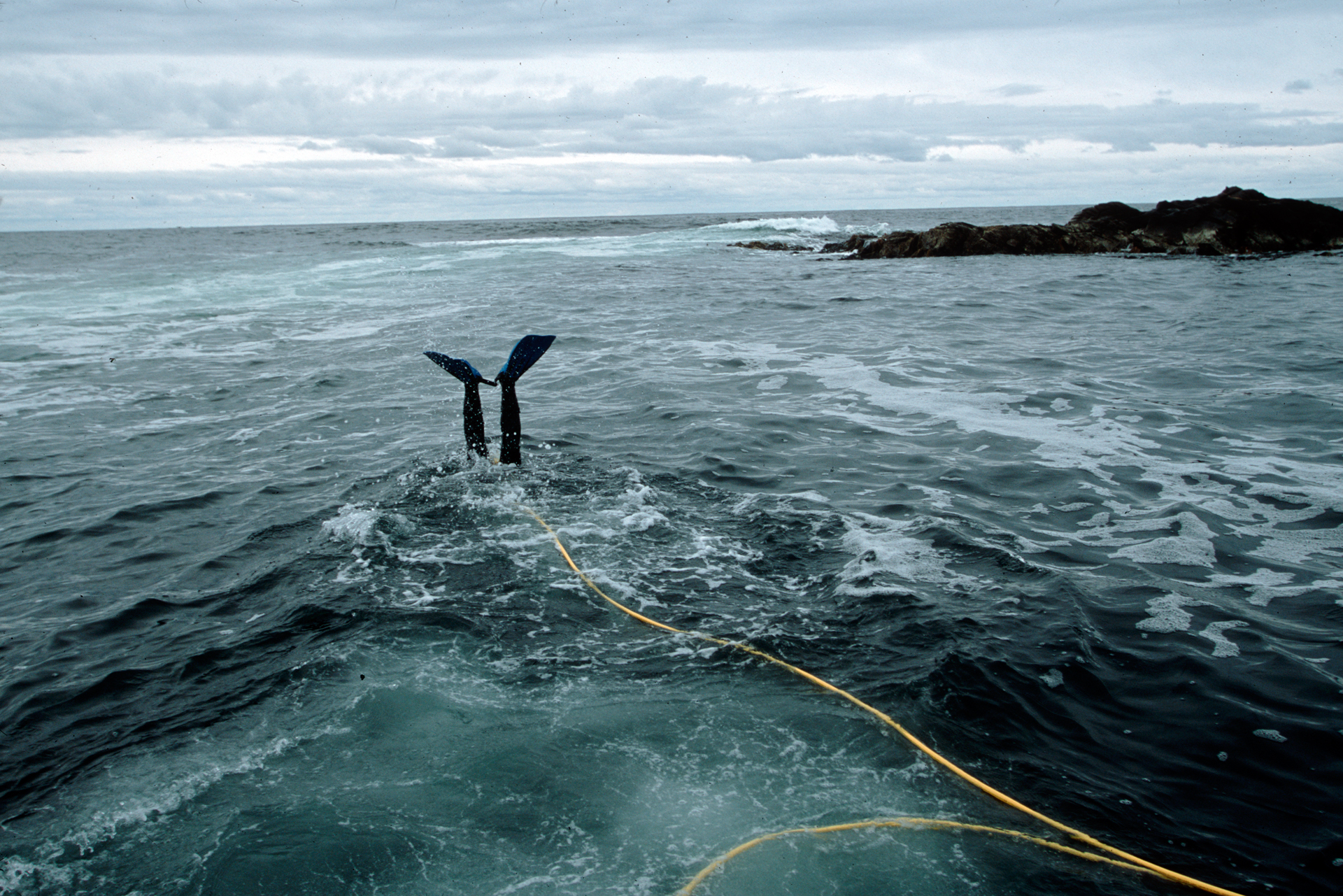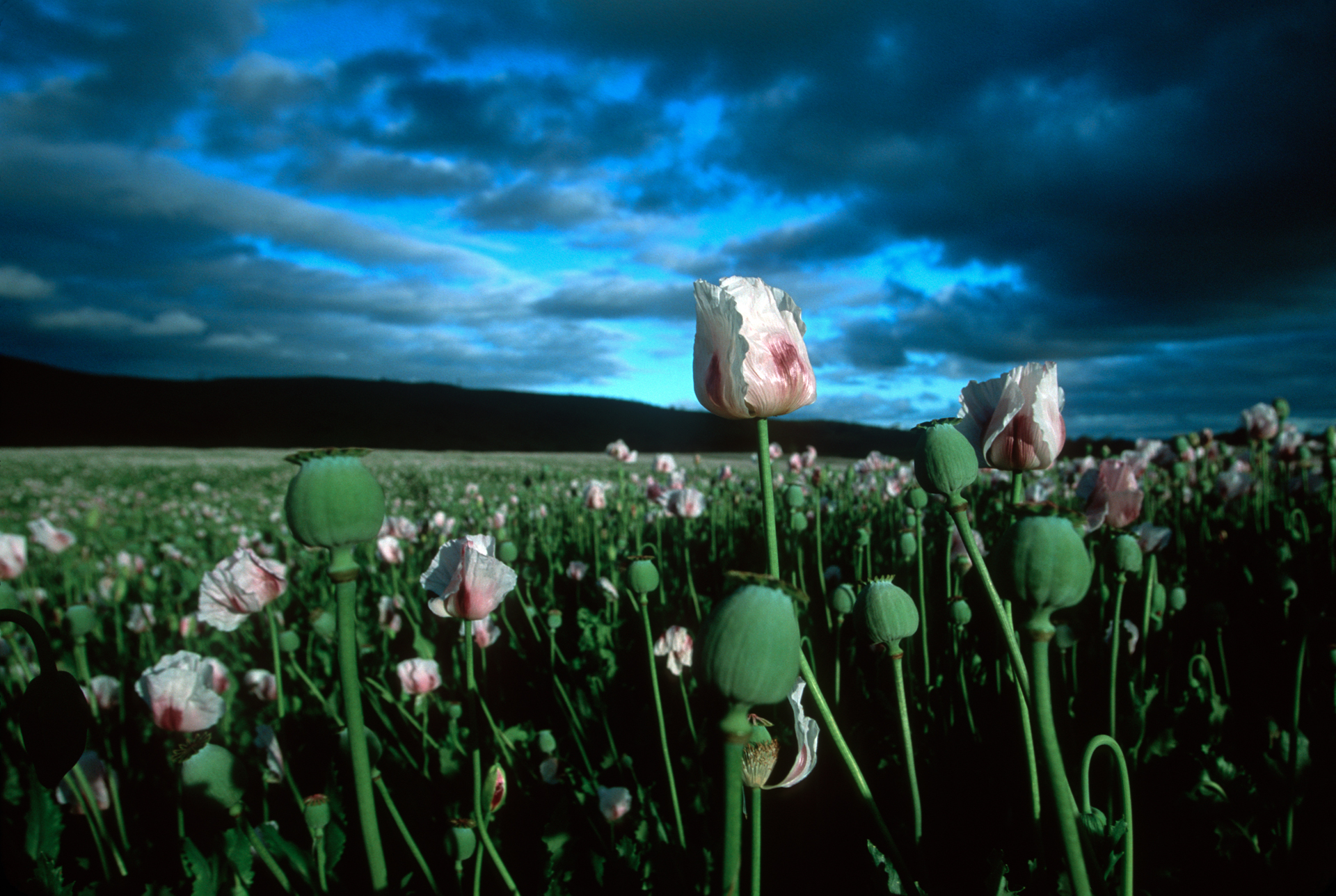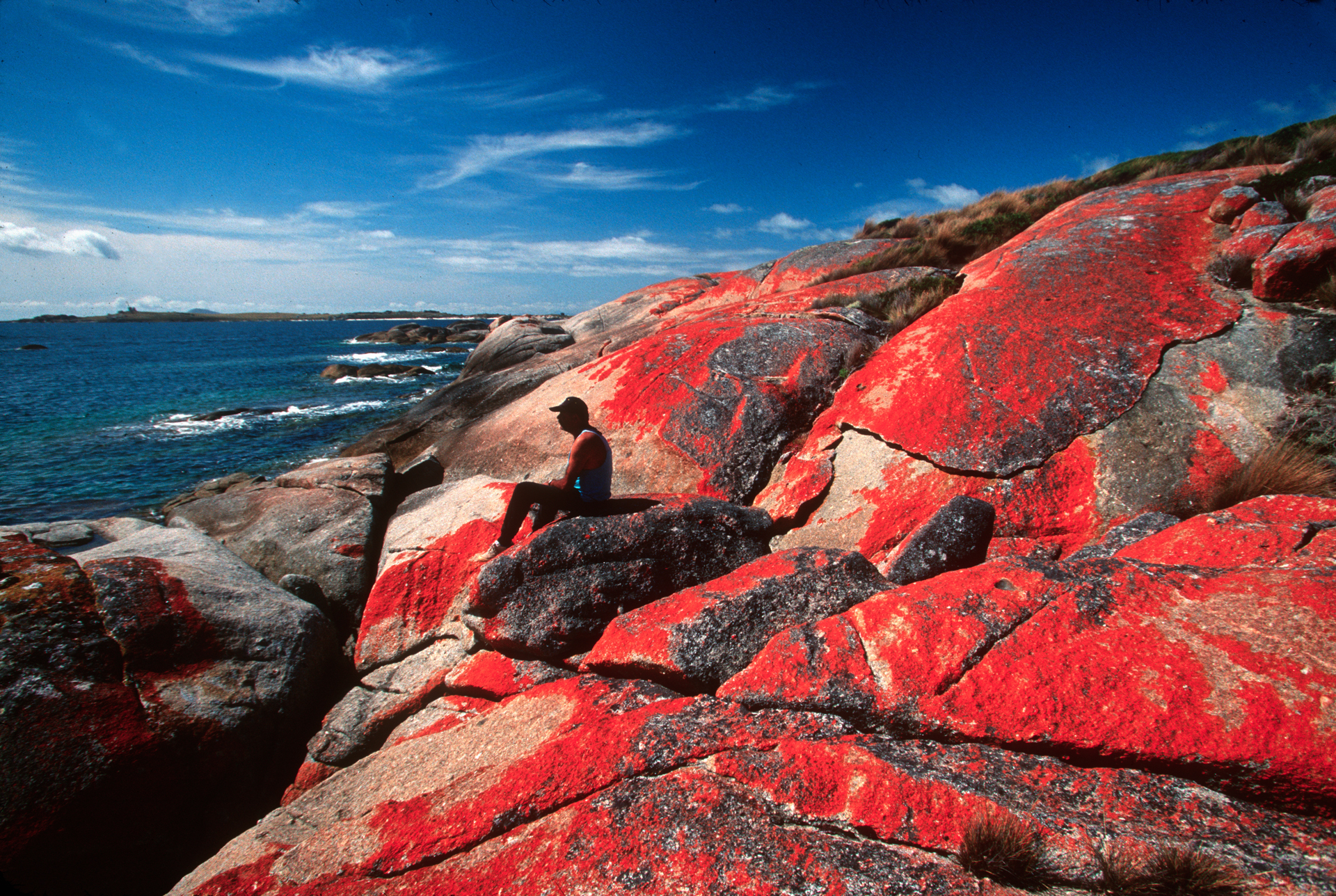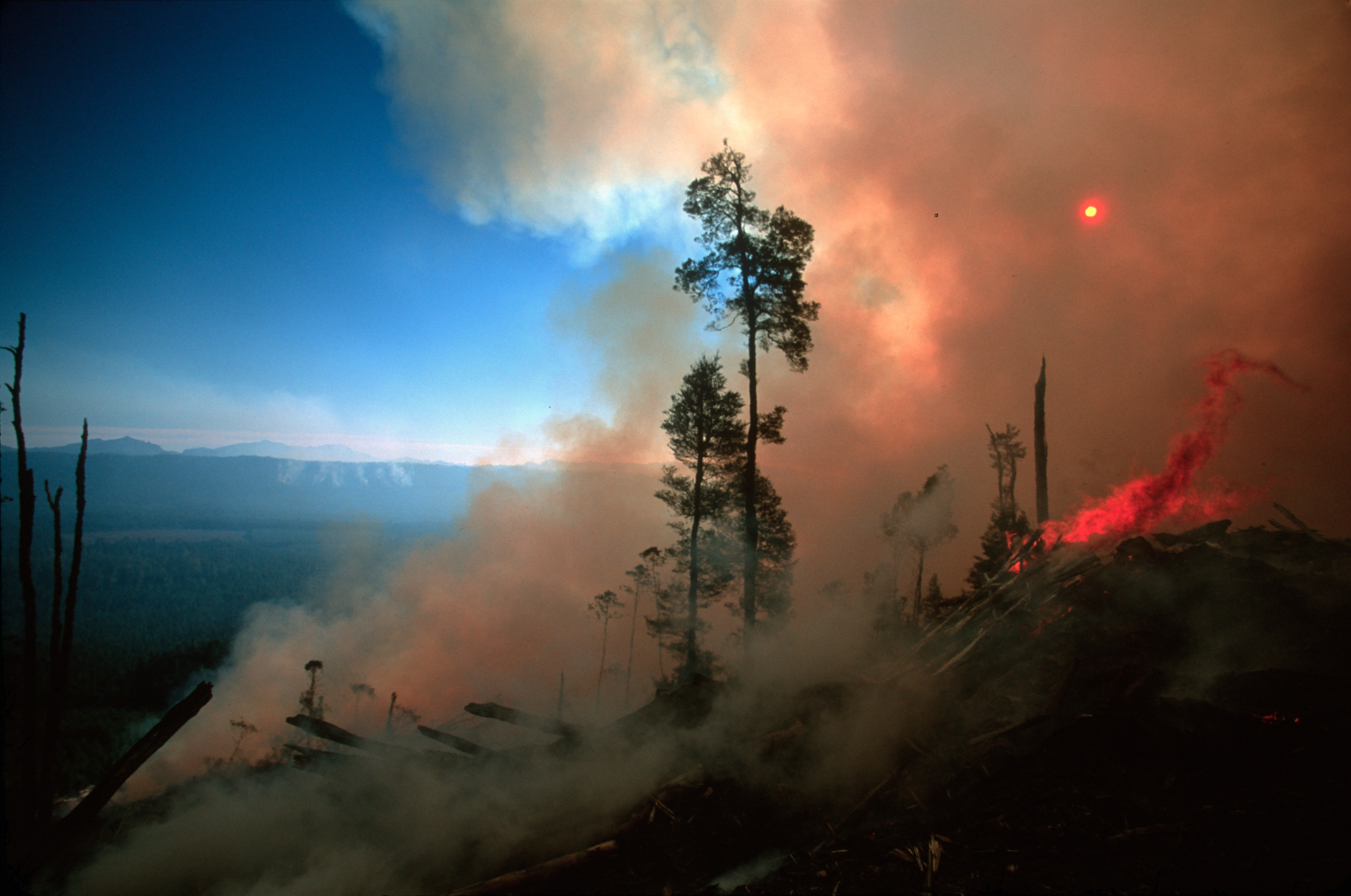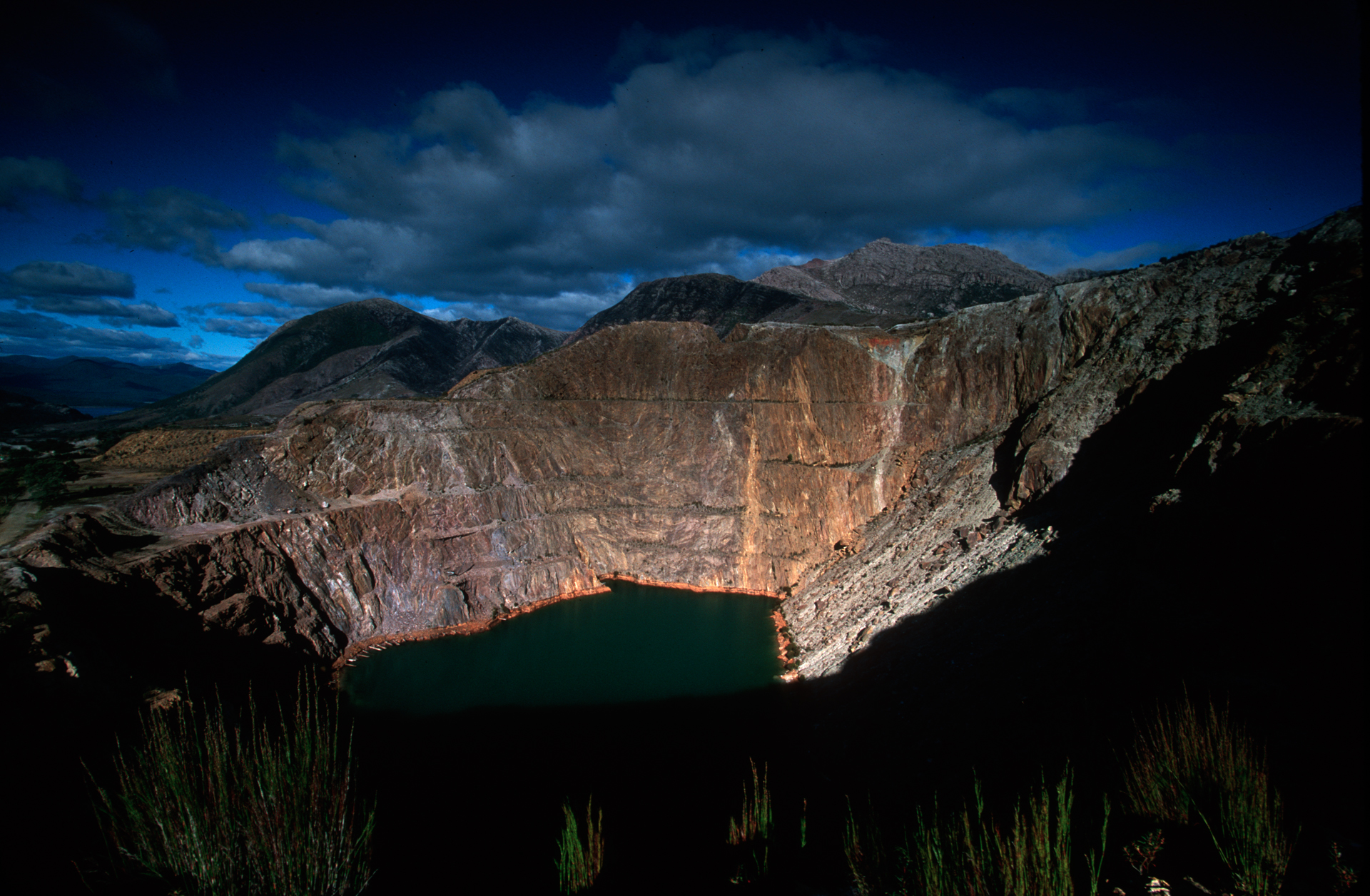As the year 2004 marks Tasmania’s 200th anniversary of it’s settlements by Europeans, this uniquely beautiful island – usually referred to by Australians as ‘Tassie’ – is being rediscovered. Tasmania is Australia’s second oldest and also its smallest state with a population of 473,000.
Aborigines first settled in Tasmania some 30.000 years ago by migrating across the land bridge that joined Tasmania to the rest of Australia. In 1642, the Dutch navigator Abel Tasman was the first European to discover Tasmania but settlement did not start before 1803. Convicts formed part of the first groups sent to establish a foothold on the island that was home to an estimated 5.000 to 10.000 Aborigines. Conflict was inevitable and within 50 years the aborigines were systematically exterminated. In 1876, the last full-blooded Tasmanian Aboriginal died. A small aboriginal community on Cape Barren Island still exist, however none of them are full-blooded Tasmanian aborigines.
Known world wide for its pristine wilderness, about one quarter of Tasmania is contained in national parks, and most of this has world heritage status.
It is a place of great contrasts: much of the interior consists of rugged mountain ranges, bordered by delicate alpine moorlands and thick rainforests, with untamed rivers and picturesque waterfalls. By comparison, the beautiful coast holds charming coves and wild beaches, shallow bays and broad estuaries, whereas the Tasman Peninsula in the south is know for its spectacular sea cliffs.
While Tasmania today is known as a remote wilderness destination, past atrocious environmental decisions have left deep scars; the discovery of minerals (gold, silver, lead, copper) around Queenstown lead to decades of exploitative mining, leaving deep eroded gullies and multicolored naked hills. Only during the past few years the land has begun to repair itself.

